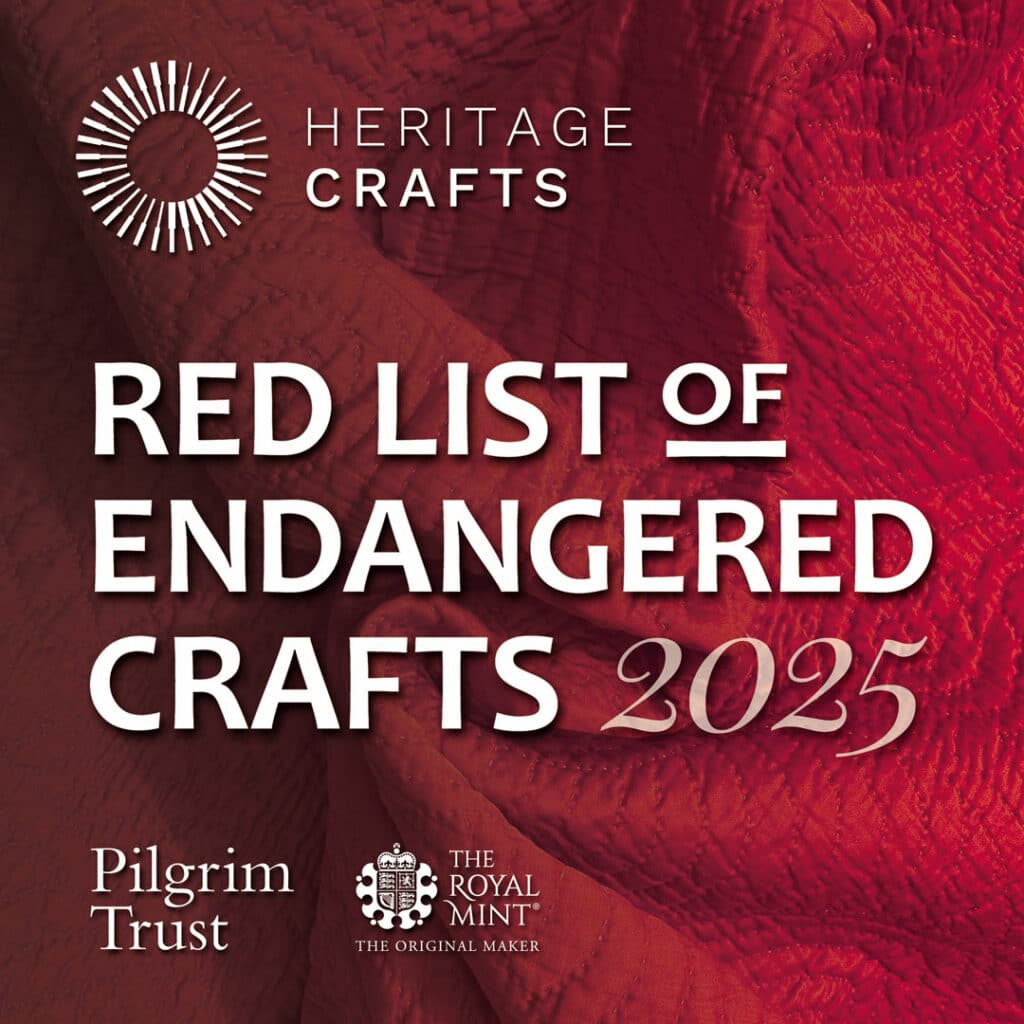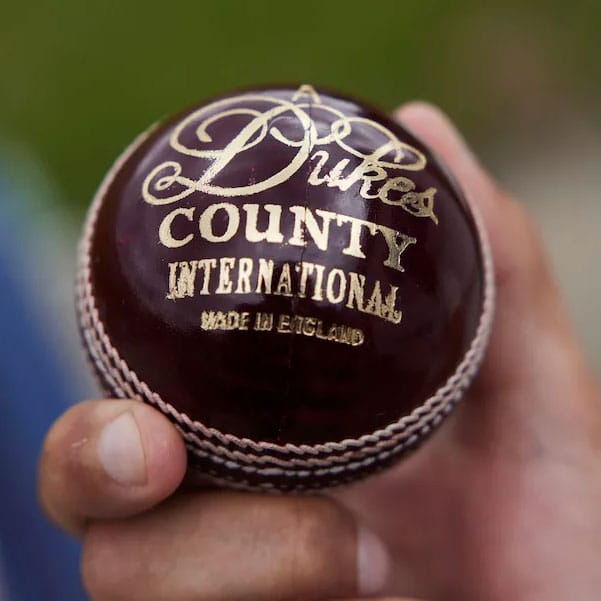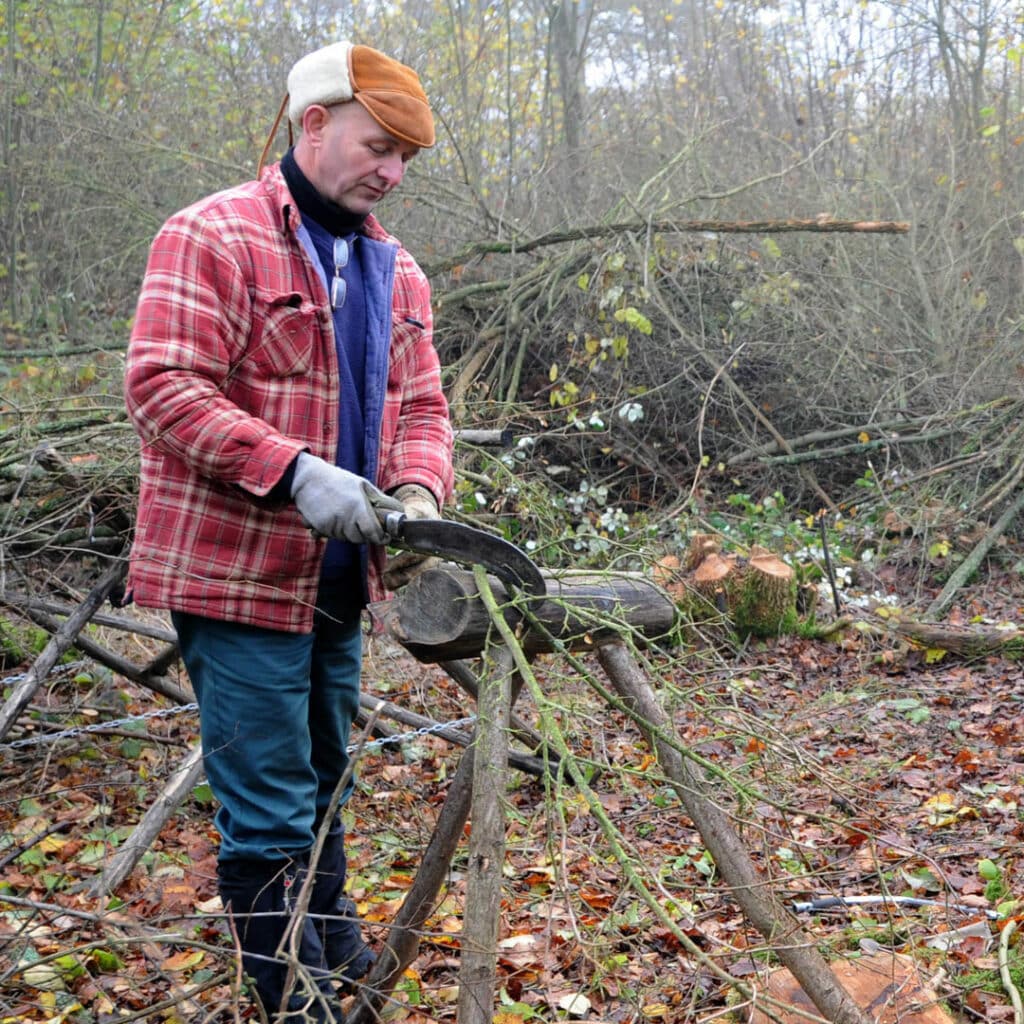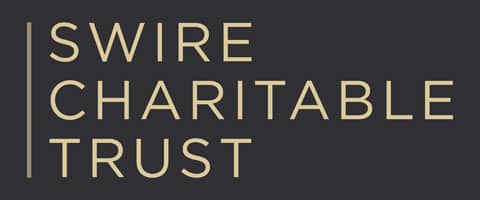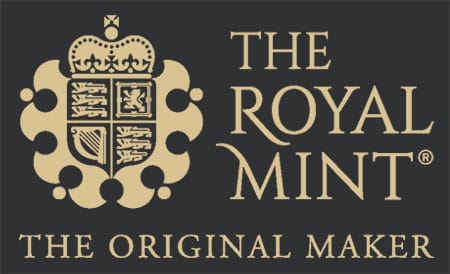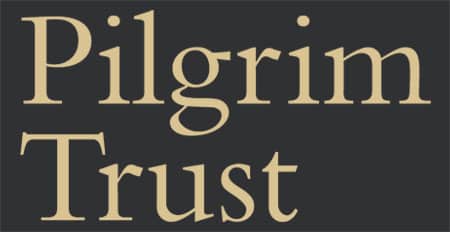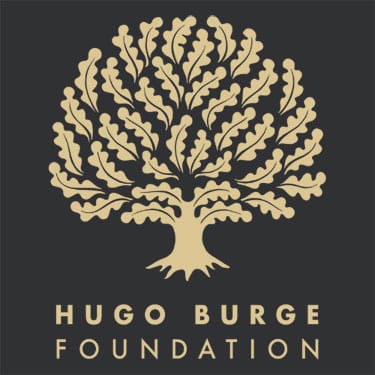Categories of risk
The Heritage Crafts Red List
Drawing on the conservation status system used by the International Union for Conservation of Nature Red List and the Rare Breeds Survival Trust Watchlist, Heritage Crafts uses a system of four categories of risk to assess the viability of heritage crafts. A heritage craft is considered to be viable if there are sufficient craftspeople to transmit the craft skills to the next generation.
Extinct in the UK
Critically Endangered
Endangered
Currently Viable Crafts
Crafts classified as ‘currently viable’ are those which are in a healthy state and have sufficient craftspeople to transmit the craft skills to the next generation. They may include crafts with a large market share, widely popular crafts, or crafts with a strong local presence. A classification of ‘currently viable’ does not mean that the craft is risk-free or without issues affecting its future sustainability/viability.
Heritage Crafts Inventory
The 2025 edition of the Red List of Endangered Crafts marks a significant evolution in how we understand and safeguard traditional crafts.
This year, we introduce the Heritage Craft Inventory – a new, inclusive framework that ensures all heritage crafts, regardless of their current status, have a place where they are recognised and valued under one umbrella. This expanded approach allows us to shine a light not only on endangered and critically endangered crafts, but also on those that are resurgent, culturally distinctive, or rooted in specific communities and regions. It reflects the dynamic landscape of craft today – one that is constantly evolving and shaped by both challenges and opportunities.

